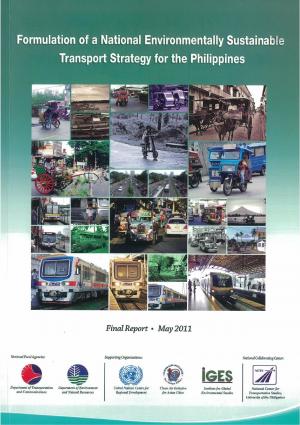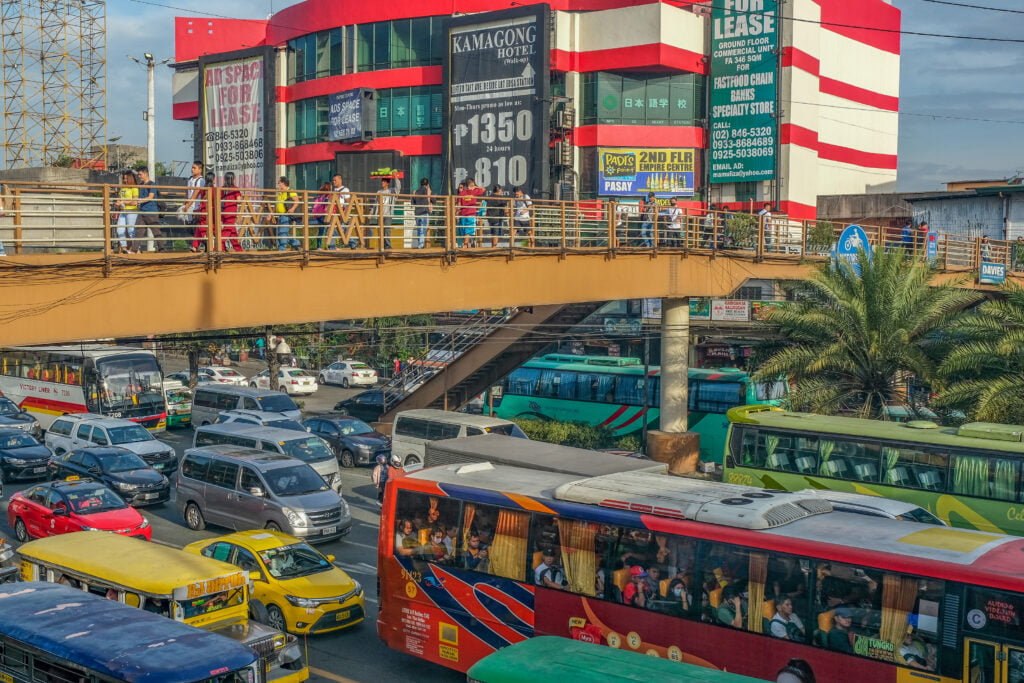Make The Most Of Direct Exposure with Transit Advertising Philippines
Make The Most Of Direct Exposure with Transit Advertising Philippines
Blog Article
A Detailed Evaluation of the Methods and Techniques for Successful Transportation Advertising Campaigns
Transit ad campaign provide a distinct possibility for brand names to engage with diverse audiences in dynamic atmospheres. To achieve success, it is vital to comprehend the subtleties of target demographics, apply cutting-edge layout techniques, and choose optimum placement locations. Furthermore, the effectiveness of these projects can be significantly enhanced by carefully keeping an eye on efficiency metrics and adjusting strategies as necessary. As we explore these crucial elements, it ends up being clear that the course to an impactful transit marketing technique is both elaborate and rewarding, raising the concern of how best to browse these complexities for maximum brand visibility.
Comprehending Target Demographics
Comprehending target demographics is critical for the success of transportation marketing campaign (Transit Advertising Philippines). Recognizing particular audience segments allows advertisers to tailor their messages properly, making sure that the content reverberates with the intended visitors. This strategy enhances engagement and makes the most of roi
To successfully examine target demographics, marketers should think about a number of key factors, including age, earnings level, profession, and way of living preferences. As an example, a campaign targeted at young specialists may concentrate on ease and modernity, while one targeting families might emphasize safety and reliability. Additionally, geographical elements such as country versus metropolitan setups can dramatically influence consumer behavior and choices.
Information collection methods such as studies, focus groups, and social media sites analytics provide useful understandings right into group patterns and customer practices. By leveraging this info, advertisers can craft compelling stories that straighten with the worths and demands of their target market.
Inevitably, comprehending target demographics not just educates the tactical instructions of transportation advertising and marketing campaigns yet likewise ensures that sources are allocated effectively. This targeted technique raises the likelihood of attaining campaign goals, fostering brand name loyalty, and driving conversions.
Imaginative Layout Techniques
Reliable communication with target demographics counts heavily on cutting-edge imaginative design strategies in transportation advertising and marketing projects. To properly catch interest in a jampacked visual setting, developers have to prioritize quality and aesthetic impact. Using high-contrast aspects and strong colors can improve visibility, making certain that messages are quickly understandable from a range.
Incorporating dynamic imagery that resonates with the target audience is important. Visual narration strategies can evoke emotions and develop remarkable organizations with the brand name. Moreover, critical use typography aids communicate crucial details swiftly; suitable sizes and readable font styles better enhance readability.
Including interactive components, such as QR codes or enhanced reality functions, can engage commuters past passive observation (Transit Advertising Philippines). These strategies not only advertise customer communication yet additionally connect the space in between traditional advertising and marketing and electronic interaction
Furthermore, using space artistically-- whether on bus wraps, transportation sanctuaries, or train advertisements-- can lead to ingenious formats that damage the mold of conventional marketing. By accepting artistic creativity while preserving brand name consistency, campaigns can promote a strong link with their target market, eventually driving both recognition and activity. The assimilation of these style strategies is extremely important for achieving successful transportation advertising and marketing results.
Strategic Positioning Approaches
Making best use of the influence of transportation advertising hinges on critical positioning methods that make certain optimal visibility and interaction. Reliable placement includes analyzing high-traffic areas and recognizing guest demographics to identify one of the most beneficial places for advertisement display screens. For example, placing advertisements near entryways and departures of transportation lorries can capture the attention of boarding and touching down guests, hence improving direct exposure.
Furthermore, utilizing both exterior and indoor surface areas of transportation vehicles can considerably expand reach. Exterior ads, noticeable during commutes, involve pedestrians and various other chauffeurs, while interior ads target travelers in a captive atmosphere. In addition, positioning ads en route centers, such as bus terminals or train terminals, enables for boosted perceptions as commuters shift in between various settings of transport.
Timing is also crucial; straightening the campaign launch with peak travel durations takes full advantage of target market involvement - Transit Advertising Philippines. In addition, leveraging electronic displays en route environments can promote dynamic web content, improving and giving real-time updates individual interaction. By using these critical placement techniques, marketing experts can ensure that their transportation ad campaign attain optimal visibility, reverberate with the target audience, and ultimately drive wanted end results

Gauging Campaign Effectiveness
To analyze the success of transit advertising projects, it is important to use a range of dimension why not find out more techniques that supply understandings into audience interaction and total performance. One main approach is the use of vital performance indications (KPIs), such as reach, impressions, and engagement rates, which quantify how several individuals saw the advertisement and engaged with it.
Studies and emphasis groups can additionally be critical in determining customer assumptions and recall, permitting marketing professionals to understand the effect of their messaging. In addition, tracking internet site web traffic and social media sites involvement during and after the project aids measure straight reactions to the advertising.
An additional efficient technique is utilizing location-based analytics, which can offer data walking web traffic around specific transportation places, offering understandings right into whether the campaign efficiently recorded the interest of commuters. In addition, examining sales data can reveal relationships between transportation advertising and marketing and enhanced earnings, offering their website tangible evidence of a project's effectiveness.
Case Studies of Success
Understanding the performance of transportation ad campaign through measurement techniques prepares for analyzing real-world examples that illustrate successful outcomes. One noteworthy study involves a national drink brand name that made use of bus covers in urban areas. The campaign aimed to raise brand presence and sales during the summertime. By utilizing geo-targeted digital ads and analytics, the brand name determined a 30% increase in sales in areas where the wraps were plainly displayed, showing the direct impact of transportation advertising and marketing.
One more compelling instance comes from a regional nonprofit company that introduced a project on train systems to advertise a neighborhood event. The usage of direct involvement with technology intensified the campaign's reach and efficiency.

Conclusion
In recap, successful transit advertising projects necessitate a detailed technique that integrates an understanding of target demographics, cutting-edge layout techniques, and strategic placement. Collectively, these methods foster brand visibility and take full advantage of the return on investment in transportation marketing campaigns.
Recognizing target demographics is essential for the success of transportation marketing campaigns.Efficient communication with discover here target demographics depends greatly on innovative creative design techniques in transit marketing campaigns. By utilizing these strategic placement methods, marketers can make sure that their transit marketing projects accomplish optimal visibility, resonate with the target audience, and inevitably drive preferred outcomes.
Recognizing the effectiveness of transit advertising and marketing projects with measurement techniques lays the groundwork for examining real-world instances that highlight effective end results.In summary, effective transportation advertising and marketing projects necessitate a comprehensive method that incorporates an understanding of target demographics, ingenious design methods, and critical placement.
Report this page